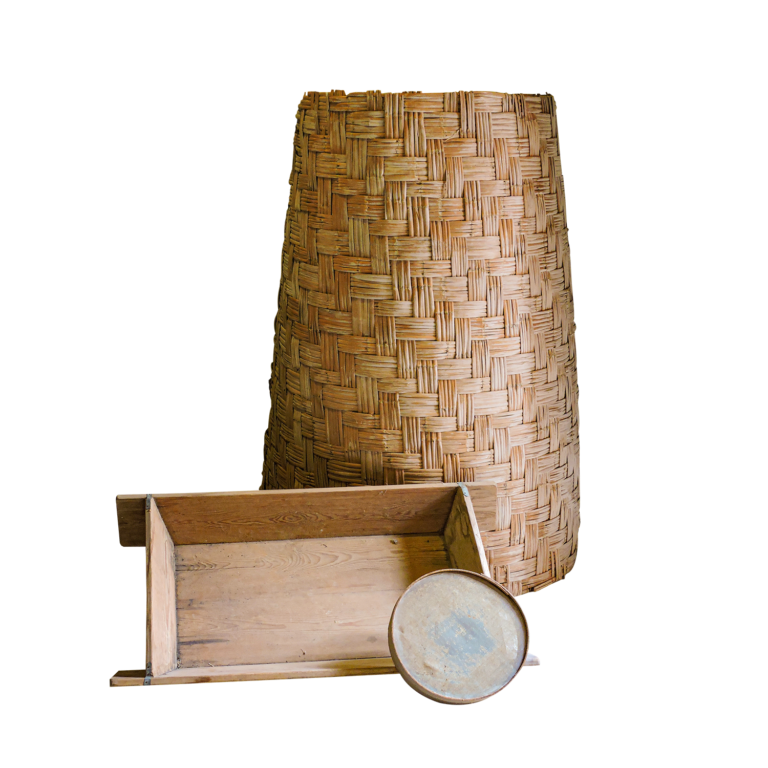The way of living until the mid-twentieth century
Until the seventies of the twentieth century, the distinctions between classes in the social fabric of Avola were quite clear. Following the implementation of state interventions, in the Sicilian territory, financed through the Funds for extraordinary works of public interest in Southern Italy (the better-known Cassa del Mezzogiorno) and with the advent of the industrialization of south-eastern Sicily the social structure of Avola underwent changes, and the middle class continued to grow.
Previously the Avola community, excluding the wealthier families, owners of land or managers of profitable activities, was made up of labourers, farmers, fishermen, shepherds and artisans. Many of them carried out multiple jobs dictated by the seasonality of raw materials or products, and although with minimal variations in income, their “way of living” was almost identical. The typical Avolese house, roughly until the sixties, consisted of approximately 40/45 m2, in the local language this measurement was called situ (site), which corresponds to approximately 42 m2. The poorest even lived in a half-site.
The house was almost always terrana, that is, with a single ground floor, in some cases there was no roofing with tiles but there was a terrace. The internal division was in most cases absent; a small room was instead delimited in elevation with a wooden mezzanine, and was used as a pantry or as a sleeping area.
In the houses that had a terrace, which could be accessed via an internal staircase, there was also a small room created between the two flights of stairs called mezzanine, intended for food supplies or as a storage room. Those who carried out jobs related to agricultural activities or the transport of goods often owned an animal-drawn cart, which they kept in the cart together with the horse or mule. In this environment they often raised some farmyard animals.
Many of the domestic activities, which were the responsibility of women, given the small space of the house, were carried out collectively, as in the case of weaving, the making of bread, the boiling of fabrics, furthermore almost every day a small fire was lit outside the door from which the embers were obtained.
The important phase of urbanization, which began as early as the seventies, the improvement of the lifestyle and the increase in the number of inhabitants, have consequently altered the urban structure of the historic center and the historic districts, favoring the growth of the city of Avola. This also contributed to the construction of buildings that develop vertically and even the ancient terrane houses were expanded both with the annexation of nearby ones and with the construction of the upper or more floors, to create more comfortable and spacious homes.

